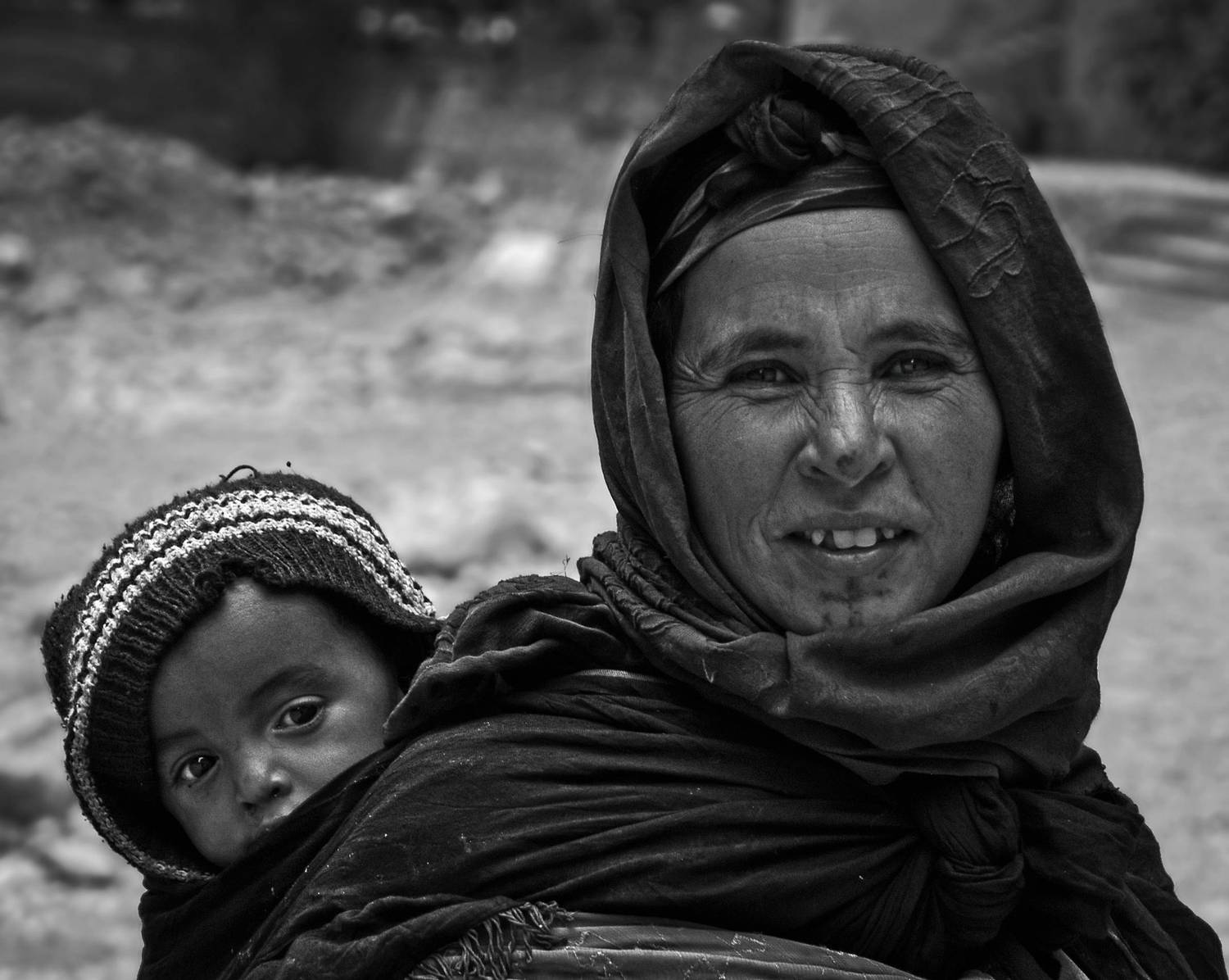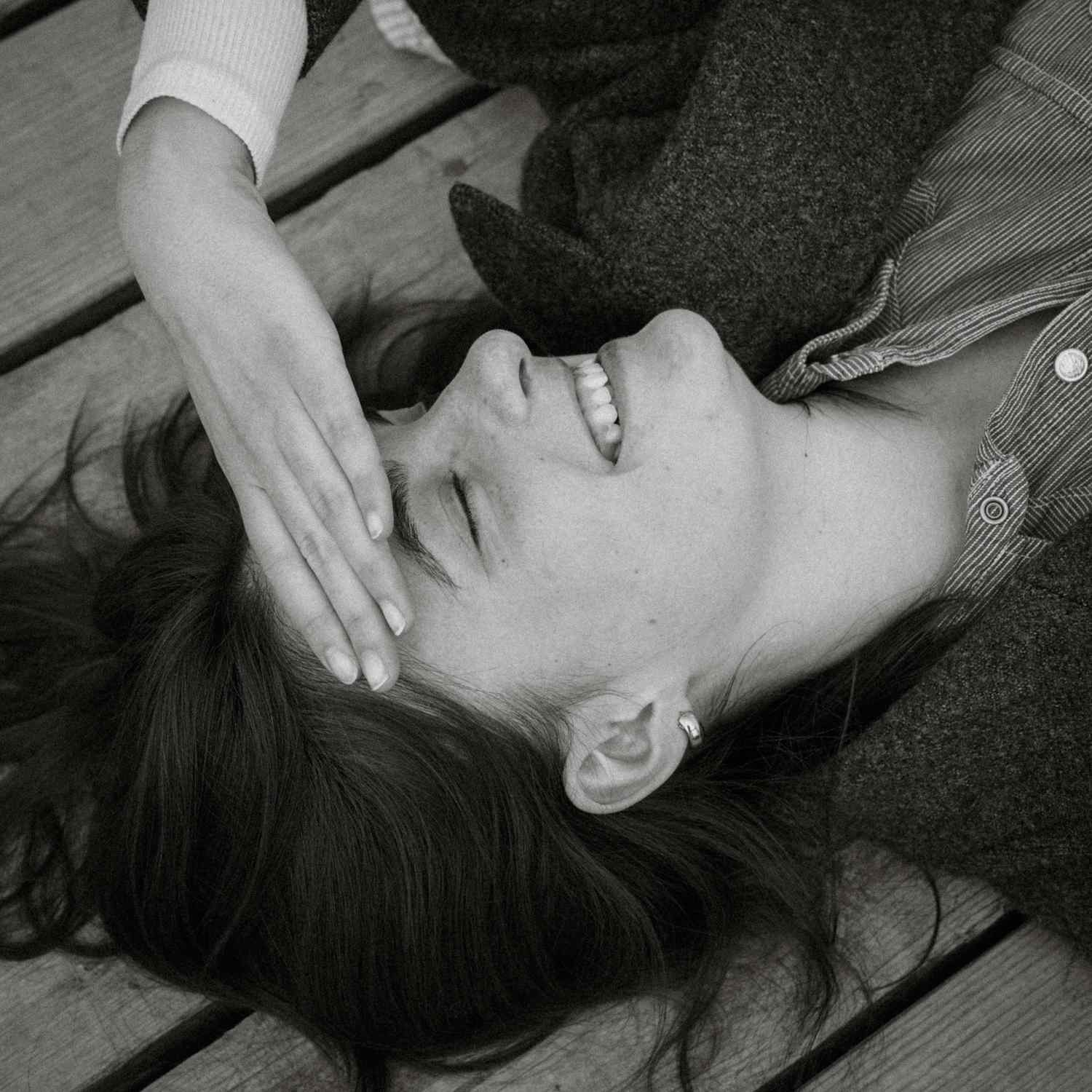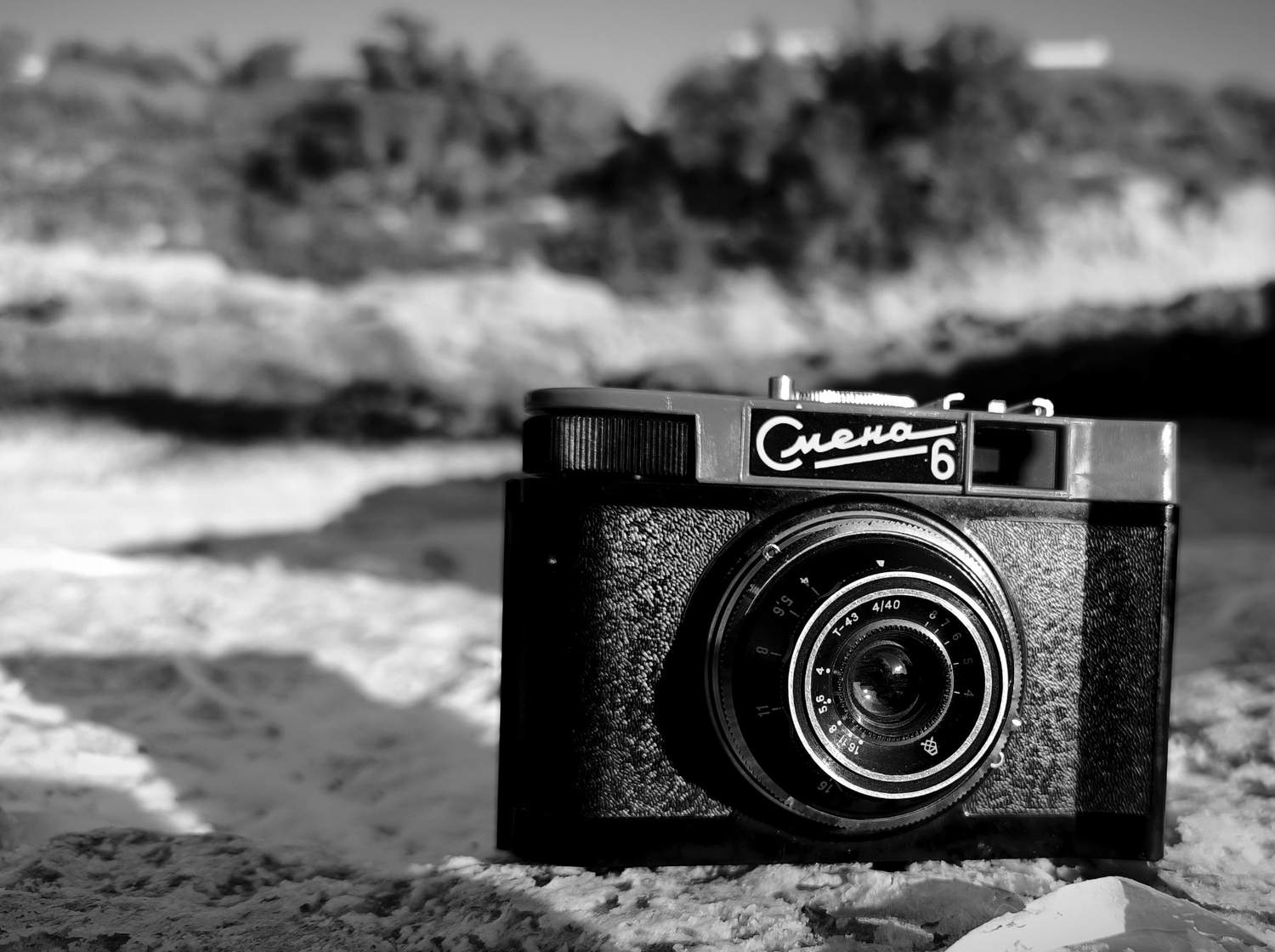If you’ve ever taken a photo and wondered why it feels flat or lacks emotion, chances are you’re missing one crucial element: value in photography.
As someone who blends fine art with photography, I’ve learned that understanding value is the secret sauce that gives your images depth, contrast, and emotional weight.
Whether you’re photographing a moody portrait or designing a minimalist flat lay, mastering value can elevate your storytelling from good to unforgettable.
What Is Value in Photography?

In photography, value refers to the lightness or darkness of tones within an image. It’s not about color itself, but how light or dark something appears—whether it’s black-and-white or full color. Imagine a grayscale strip that moves from pure white to deep black: that’s the value scale.
High-value areas are light and airy, while low-value zones appear darker and heavier. The relationship between these areas creates contrast, which guides the viewer’s eye and establishes mood, shape, and focus.
Why Value Matters More Than You Think
While color and composition often steal the spotlight, value is the foundation upon which all visual storytelling is built. In fact, when a photo is stripped of color, it’s value that continues to communicate emotion, structure, and visual rhythm.
How Value Enhances Composition and Depth

Creating Contrast for Visual Impact
When you use light and dark areas purposefully, you create contrast, which immediately grabs attention. Think of a portrait with soft lighting on the subject’s face against a dark background—your eye is instantly drawn to the brightest area.
This interplay of values leads to visual hierarchy—a structure that tells the viewer where to look first and what elements hold the most importance in the frame.
Shaping Form and Space
Value helps create the illusion of three-dimensionality. In fine art, we shade to define volume; in photography, light and shadow serve the same purpose. A well-balanced value range reveals shape, texture, and distance—turning a flat image into a living story.
How to Control Value in Photography

Use of Light (Natural or Artificial)
Lighting is your most powerful tool to manipulate value. Soft morning light might give you a high-key, airy scene, while a single harsh spotlight could create intense shadows and rich tonal contrast.
Experiment with side lighting or backlighting to control how much value variation appears across your subject and background.
Post-Processing for Value Adjustments
Even if you didn’t capture the perfect value range in-camera, editing software like Lightroom or Photoshop allows you to fine-tune exposure, contrast, shadows, highlights, and curves. Just be careful—over-editing can flatten your tones or blow out important details.
Shoot in Black and White (or Convert Later)
One of my favorite exercises is to shoot in black and white mode or convert images afterward to study the value structure. Without color distractions, you’re forced to rely entirely on light, shadow, and tone to tell the story.
The Role of Value in Color Photography

Yes, value exists even in full-color photos! Every color has an inherent value. For example, yellow is naturally high in value, while blue and purple are deeper. This means that when designing a color image, you’re still orchestrating lights and darks whether you realize it or not.
This is why value is often more important than color harmony—a well-composed photo with a good value range will often be more compelling than one with perfect colors but no tonal contrast.
Frequently Asked Questions
1. What does value mean in photography?
Value in photography refers to the lightness or darkness of a tone or area within an image. It’s essential for creating contrast, depth, and emotional impact in both color and black-and-white photography.
2. How do you improve value in your photos?
You can improve value by mastering lighting, using shadows strategically, and adjusting tonal curves in post-processing. Shooting in black and white or viewing a photo in grayscale can also help you evaluate value more clearly.
3. Is value the same as exposure?
Not exactly. While exposure controls how much light hits the sensor, value refers to the tonal differences across the entire image. Exposure affects value, but they are not interchangeable terms.
4. Why is value important in storytelling through photography?
Value helps guide the viewer’s eye, set the mood, and build dimensionality. It’s what gives your images their emotional tone, whether you’re going for drama, mystery, serenity, or vibrancy.
Bringing It All Together: Value Is the Backbone of Visual Expression
As someone who lives at the intersection of fine art and photography, I’ve seen firsthand how value in photography can make or break an image. It’s not just a technical concept—it’s a storytelling tool that lets you paint with light and emotion.
Next time you compose a shot, don’t just think about color or framing. Ask yourself: What story am I telling through light and shadow? Once you understand value, you’ll see the world—and your camera—through a new lens.



